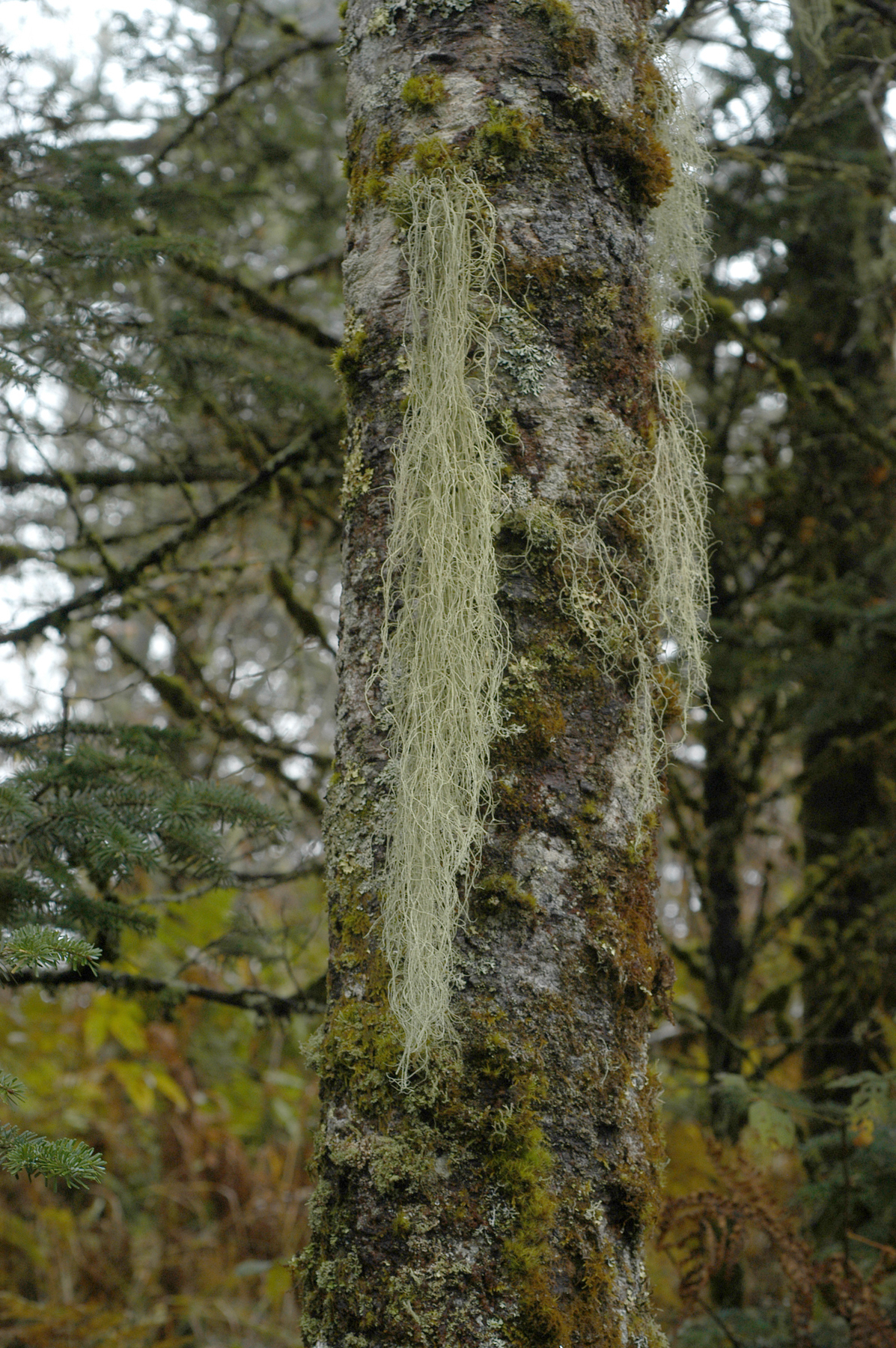Apr 1 2020
For centuries we have viewed plants and fungi in isolation. Tried to understand a tree, a flower or a lichen absent the rich context in which lives. This meant studying a mushroom as though it were not connected to trees and shrubs around it through an intimate network of fungal threads. Whether viewed as objects as beauty, utility or scientific study, the reality is that no orchid, apple or yeast exists unconnected to the environment, let alone other lifeforms.
Recently, scientists have come to view such interactions, whether between living things (biotic) or with the environment (abiotic), as key to understanding the word around us. Nature is infinitely complex, dynamic and beautiful. The answers to many of the biggest questions in the biological sciences likely rest on understanding interactions. Yet, documenting and displaying this complexity on a large scale has proven difficult.
For instance, imagine waiting hours to record a flower be pollinated, then doing the same for all the flowers in a single bed, and again for all the flowers in The New York Botanical Garden. Then imagine trying to record the ambient temperature when each flower is pollinated, the identity and age of every tree or shrub surrounding every flower, or the soils in which they grow. These data would take multiple people many hours to obtain. But once you had it, how would you organize it? Store it? Make it available to others?
To help address these issues, NYBG staff have developed a new interface within the Virtual Herbarium that can be used to explore data collected as part of the National Science Foundation-funded Dimensions of Biodiversity project in the southern Appalachian Mountains of the eastern United States. The team, led by myself and colleagues at the University of Colorado, is attempting to understand how interactions shape the patterns and diversity of lichens in a global biodiversity hotspot.
Lichens are fungi that form unique associations with algae and bacteria, these interactions are required for their growth and survival. The southern Appalachian Mountains are rugged, iconic landscape of lofty peaks and deep, sculpted valleys. In the varied ecosystems of this region that spans six states from Alabama to Virginia, more than one thousand lichen species grow. Visit the Biotic Interactions website to explore this diversity.





